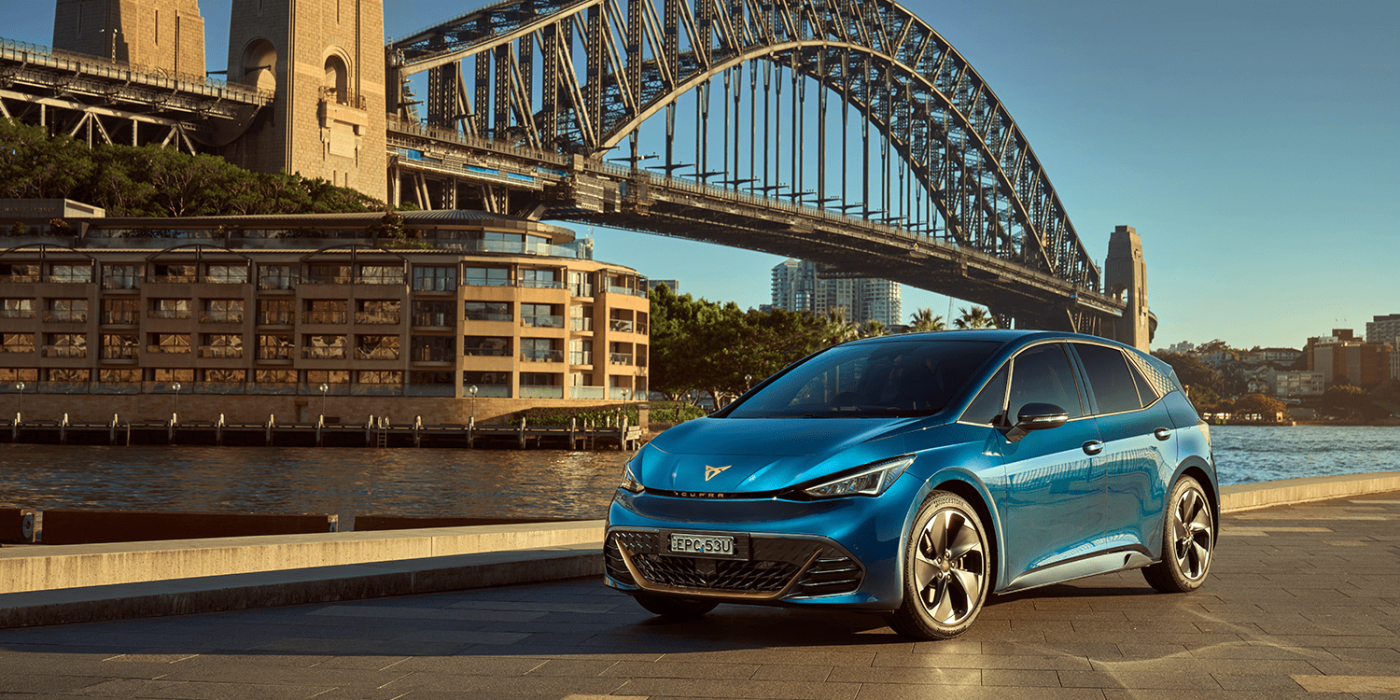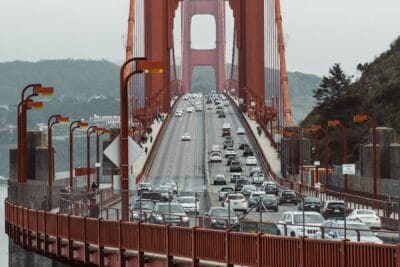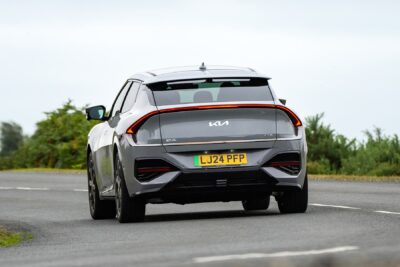Canberra to introduce EV incentives
The government of the Australian Capital Territory has released a new strategy set to make zero-emission vehicles (ZEVs) an affordable option for Canberrans in the years to come. The strategy sets a new target of 80-90% of new light vehicle sales being ZEVs by 2030 and also outlines a plan to start phasing out light internal combustion engine vehicles from 2035.
The Australian Capital Territory (ACT) government will continue its existing financial incentives to reduce some of the cost barriers to purchasing a zero-emission vehicle. This includes stamp duty waivers, free vehicle registration and no-interest loans of up to $15,000 through the Sustainable Household Scheme (SHS). In addition, the Government will extend stamp duty waivers for buyers of used electric vehicles and hydrogen vehicles purchased from 1 August 2022, cutting the cost of an average second-hand vehicle by around $1,600.
Reasons for the change in policy are clear: “Transport currently represents the largest source of emissions for the ACT, making up over 60%. Of this, 70% is from private car use. Coupled with rising fuel costs for motorists, this is why we must prioritise our emission reduction efforts in this area”. The measures introduced by the strategy will include several cornerstones to manage a transport transition, beginning with both private and public charging infrastructure.
Specifically, the ACT government will offer $2,000 grants for the installation of charging infrastructure for apartment buildings, as well as expanding the ACT public charging network to at least 180 EV chargers by 2025. In terms of ICE restrictions, the exclusion of new vehicles powered by fossil fuels in taxi and ride-share fleets by 2030 is also planned.
The paperwork behind applying for grants is also to be cleaned up, via changes to the Territory Plan to make new builds EV ready and streamlining EV charging application processes for public land. The continued national advocacy and engagement to expand the national EV charge network and improve vehicle emissions standards is also included, coupled with action to ensure that 100% of all newly leased Government vehicles are ZEVs. However, there is a caveat: “where fit for purpose and explore opportunities to replace ACT Government heavy fleet vehicles with ZEVs”. Finally two specific targets were set: phasing out light internal combustion engine vehicles by 2035, as well as aiming for 80-90% of light vehicle sales being zero emissions vehicles by 2030. Ambitious targets considering the measures going into achieving them.
“The ACT has committed to achieving net zero emissions by 2045. With emissions from transport accounting for around 60% of ACT emissions, the transition to zero emissions vehicles is a key part of our efforts to cut emissions and achieve this goal,” said Shane Rattenbury, Minister for Water, Energy and Emissions Reduction, adding: “The Strategy establishes a clear direction for the future of transport in the ACT and is designed to make sure the ACT continues to lead and to deliver the best outcomes for the community and local business as we make these changes.”
Similar measures were set up in 2018, when the ACT government decided to set up a strategy leading up to 2021. At the time, incentives were not really included, however the ACT government did pledge to begin electrifying their fleet.





0 Comments